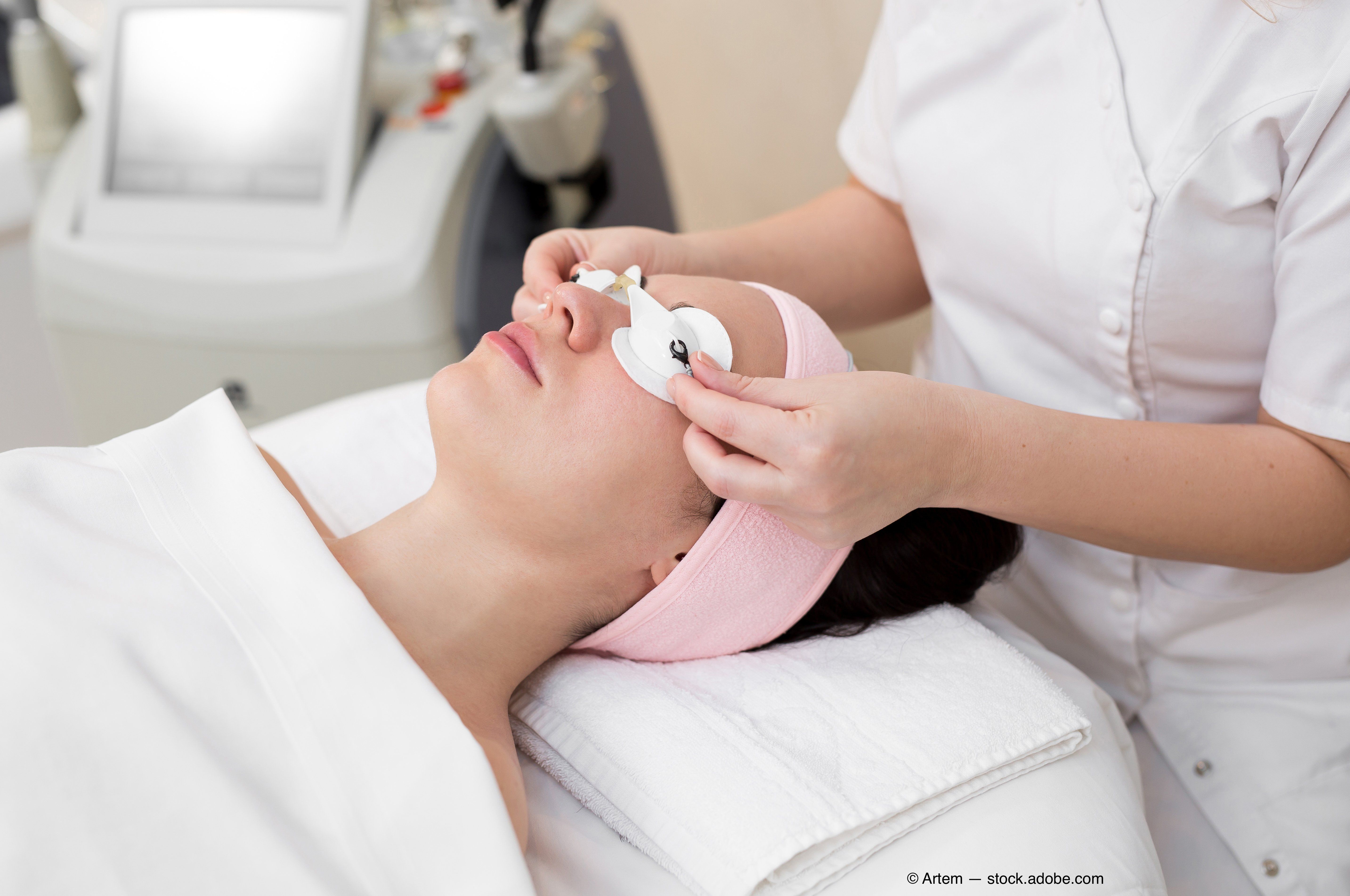Article
3 questions patients always ask about thermal pulsation therapy
Author(s):

Editor’s Note: Welcome to “Let's Chat,” a blog series featuring contributions from members of the ophthalmic community. These blogs are an opportunity for ophthalmic bloggers to engage with readers with about a topic that is top of mind, whether it is practice management, experiences with patients, the industry, medicine in general, or healthcare reform. "Let's Chat" continues with this second installment of a three-part blog series by Cynthia Matossian, MD, FACS. The views expressed in these blogs are those of their respective contributors and do not represent the views of Ophthalmology Times or MJH Life Sciences.
In my last blog post on thermal pulsation, I addressed two of the top common questions I have heard from colleagues at professional meetings. Learning how to talk about in-office procedures in a way that makes sense to patients is equally important.
Here are three questions my patients often ask, and how I respond:
1. But my eyes feel fine. Why should I spend money on this treatment?
Many patients do not notice any symptoms in their eyes. While you may be fortunate so far not to feel discomfort or pain, this is a progressive disease that will get worse over time. When it gets bad enough to “tip the scales” and make you symptomatic, it will be harder to fix and take longer to achieve relief.
Think of these little glands as being plugged up but not truly damaged yet. We need to unplug them and get the healthy oils flowing into your tears again. This will help you maintain lid health for the long term as well as give you a stable tear film to support good vision.
Related: Pre- and post-thermal pulsation
2. Will I feel different after treatment?
Not necessarily. Many patients do notice relief of their symptoms, but the difference can be more subtle in others. Think of it as being similar to the dental hygienist cleaning that patients should have every six months. We all do that because it helps prevent gum disease and cavities, but your teeth probably don’t feel any different the week after you visit the dentist.
3. Can I stop using my eye drops?
Patients often find that they don’t need to use over-the-counter artificial tears as often after a thermal pulsation treatment, and it’s nice not to be concerned about that.
Related: IPL + thermal pulsation: A thorough approach to dry eye
However, I do want you to continue to use your prescription (Restasis, Xiidra, Cequa) drops because it is still important to address underlying inflammation on the surface of the eye at the same time that the glands in the lids are treated. And, if you can keep using your heated eye mask a few times a week, I find that makes the treatment last longer
Conclusion
The most important thing is to be honest with patients about what thermal pulsation therapy can and can’t do. It is a critical part of treating their meibomian gland dysfunction (MGD), but it isn’t a magic solution that will “cure” their problems overnight.
Read more by Cynthia Matossian, MD, FACS.
Newsletter
Don’t miss out—get Ophthalmology Times updates on the latest clinical advancements and expert interviews, straight to your inbox.




